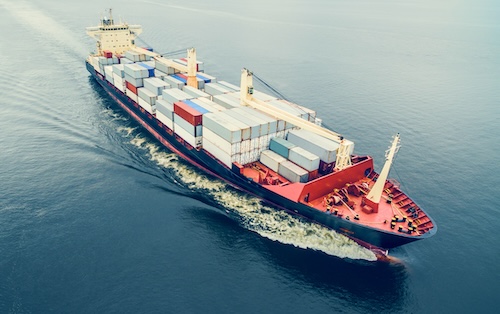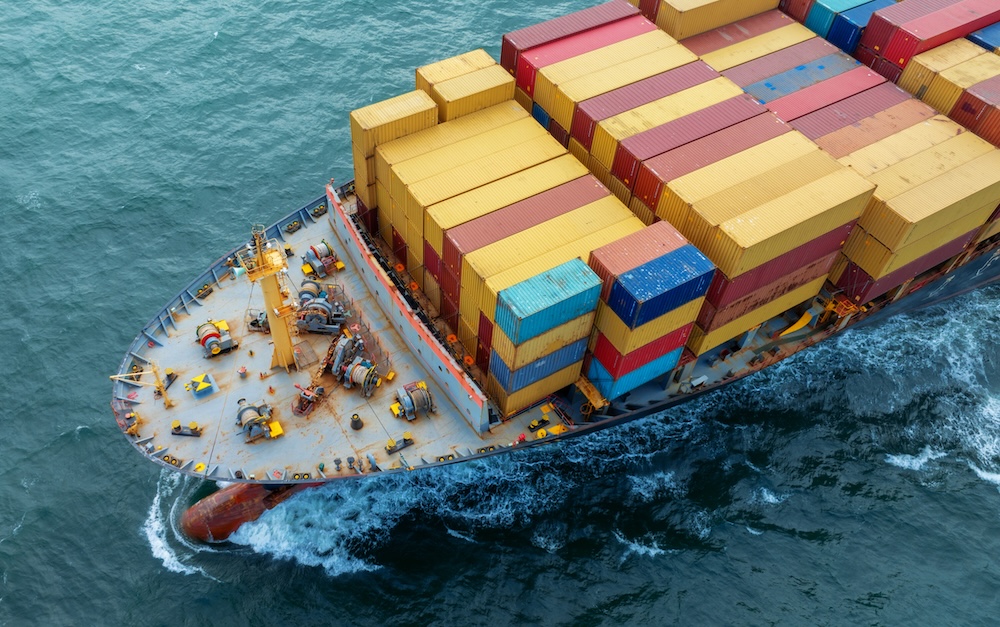What is Shared Container Load Shipping? [A Definitive Guide]

If you’ve ever found yourself shipping 15 to 20 CBM of goods, you know the struggle. A full container load shipment (FCL) feels like overkill, but a less than container load shipment (LCL) just doesn’t cut it. So, where does that leave you?
Enter Shared Container Load (SCL) shipping—an innovative solution for high-volume shippers that bridges the gap perfectly. SCL offers cost-efficiency and flexibility when neither FCL nor LCL fits the bill. Let’s dive into how SCL shipping works and why it’s becoming the go-to choice for smart shippers.
What Is Shared Container Load Shipping (SCL)?
Shared Container Load is a cross between less-than-container load and full container load shipping that allows shippers with cargo under a certain volume (typically 15 to 20 CBM) to enjoy a cost-effective yet efficient shipping option. It works by pairing the shipper with another business looking for similar capacity so that they both own the container space. This is a cost-effective and safe alternative to bearing the entire cost of an FCL shipment or sending it in an LCL shipment with three or more shippers sharing the container.
With SCL, you get the benefits of FCL—priority handling, reduced transit times, and improved cargo security—at less than the cost of LCL shipments. Designed for everyone from small businesses to enterprises with recurring shipments, SCL is the smart, cost-effective alternative for modern freight needs.
How Does SCL Shipping Work?

Shared container load shipping is similar to LCL shipping with one major twist. Unlike LCL shipping, which brings together several shippers and their cargo under one container, SCL shipping only works between two primary shippers, each needing a similar volume of space for a similar type of cargo. Silq has pioneered the SCL segment, leveraging this method to save thousands of dollars for its trusted client base. Here is how it works:
1. Shipment Booking
The process begins when you book your SCL shipment with Silq. We immediately start finding a suitable match with another business looking to ship via SCL. If a match isn’t available, Silq assumes the risk and guarantees that you only pay for the space you use.
Matching shipments isn’t just about filling space—it’s about compatibility. Silq ensures that cargo types are carefully considered to avoid potential issues. For example, fragile glass sculptures won’t be paired with heavy furniture, ensuring both safety and efficiency throughout the journey. This meticulous approach guarantees smooth, cost-effective shipping every time.
2. Cargo Collection and Consolidation
At origin, Silq consolidates shipments at our designated depots where we pool cargo across clients moving shipments on designated port pairings. Once your cargo is identified as a head-load, the shipment is loaded first into the container, blocked, braced, and partitioned using temporary restraints. Subsequently, no more than two shipments are co-loaded at the tail of the container. Origin Customs Clearance is processed in tandem, ensuring smooth sailing as soon as the container enters the Port of Origin.
Read More: What Is Cargo Consolidation & How to Use It for Efficient Delivery
3. Loading
After consolidation, the container is sent to the carrier to begin international shipping. Before that, it needs to be carefully loaded onto the vessel to ensure it’s safe and undamaged during transit. This step is managed by both the freight forwarder and the carrier.
4. Shipping & Customs Clearance
The shipping process begins after the cargo has been loaded onto the carrier vessel. However, there are certain precautions that the freight forwarding business has to manage. Some of them include documentation, shipment tracking, navigating customs clearance, and the container unloading process when the cargo arrives at the destination port.
Read More: Navigating Customs and Regulations for SCL Shipments
5. Deconsolidation
At the container freight station, the container is cleared and processed out of the port and then taken to a warehouse or facility similar to the consolidation facility, where the container is emptied and then returned to the carrier or used to carry other shipments or cargo. Like the consolidation process, the deconsolidation process must be handled properly to ensure no damages or missing shipments.
Advantages of SCL Shipping
SCL shipping blends the best features of FCL and LCL shipping, making it a preferred choice for many shippers. Here’s why:
1. Faster Shipments SCL shipping matches cargo with just one other shipper with similar goods and the same destination. This minimizes delays compared to LCL shipping, which often involves multiple stops for unloading and reloading.
2. Safer Shipping
With fewer handling points and goods of similar nature heading to the same destination, SCL shipping reduces risks like damage, theft, or loss. It also helps accelerate and de-risk your supply chain by enabling flexible order splitting into multiple shipments.
3. Cost-effective for Large Volumes
While LCL shipping becomes costlier as cargo size increases, SCL shipping offers an economical solution for large shipments that don’t require a full container. It’s the ideal option for shippers handling high volumes at a reasonable price.
Read More: How to Optimize Shipping Costs With Shared Container Loads (SCL) Shipping
Transform Your Shipping Operations With Silq SCL
Traditional ocean consolidations often don't cater to the needs of high-volume shippers. Silq’s SCL approach revolutionizes this by ensuring you only share containers with accredited shippers and only pay for the space you use, without compromising the speed of your supply chain.
Ideal for shipments between 15 to 50 CBM, our shared container load service is not only cost-effective and efficient but also the fastest and most environmentally friendly option available for high-volume shippers.
Discover the Silq difference—connect with us today for a smarter way to ship.
Ready for Supply Chain Predictability?
Importers using Silq ship smarter, safer, and with total control.







